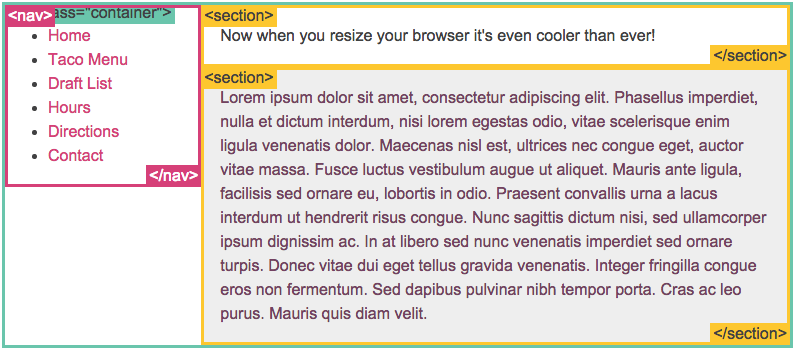Responsive design/dev

Responsive design
Day by day, the number of devices, platforms, and browsers that need to work with your site grows. Responsive web design represents a fundamental shift in how we’ll build websites for the decade to come.” - Jeffrey Veen

Responsive design

Responsive design
- traditional trend: building websites for browsing only by large screens
- modern trend: responsive design for browsing by mobile devices which are the most popular means of browsing the web today

Responsive design
what we are supposed to learn today and in the course of the week:
- responsive units
- relative units
- media queries
- fluid images
- grid systems
- responsive design patterns
- foundation system

Responsive design
Objectives
- uses relative units
- responds to at least three different screen sizes
- incorporates media queries without foundation/bootstrap
- includes fluid images
- demonstrates an understanding of responsive design patterns

Responsive design
According to Mozilla Developers Network docs:
A media query consists of a media type and at least one query that limits the style sheets' scope by using media features such as; width, height and color
they let the presentation of content be tailored to a specific range of output devices without having to change the content itself

Responsive design
Example media query
@media screen and (min-width:600px) {
nav {
float: left;
width: 25%;
}
section {
margin-left: 25%;
}
}
@media screen and (max-width:599px) {
nav li {
display: inline;
}
}
Responsive design
How it will look on a desktop browser


Responsive design
Anything 599px and below and it will look like this:


Responsive design
tasks
simple site with: stories

Responsive design
fluid image resource
fluid images: https://youtu.be/_dnM6kIn4A8
deck
By ian munene
deck
responsive design slides
- 488



